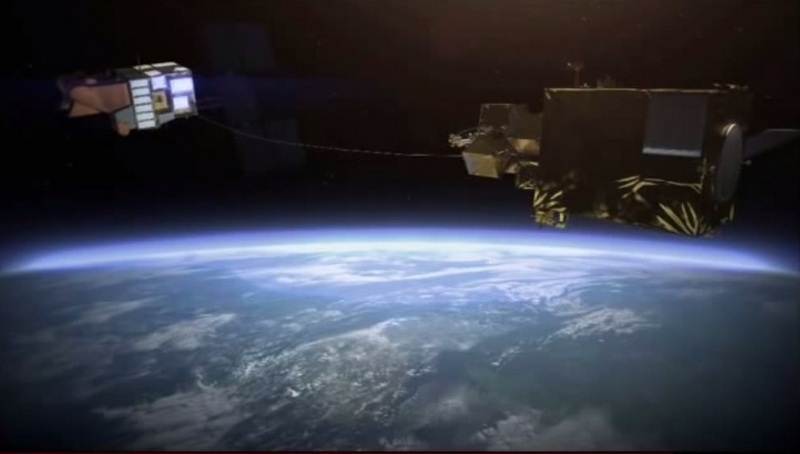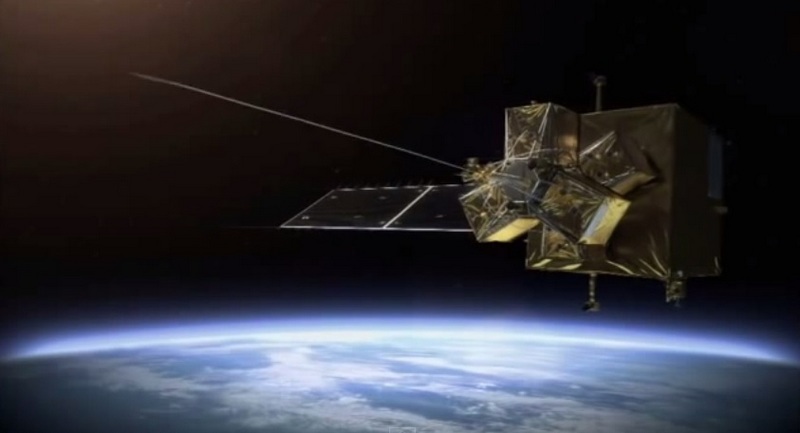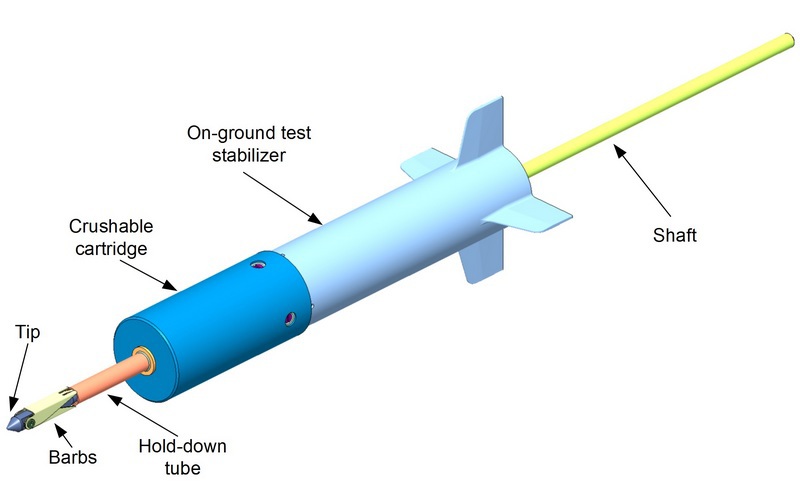Space whalers

Leading space agencies are very close to the need

It is believed that more than 17,000 objects larger than a circle fly in near-Earth space. And they all represent a potential, and mortal, threat to working satellites and spacecraft. Even a collision with a nut with a diameter of 1 cm can have the effect of exploding a grenade on board.
')
Low orbits (800-1000 km) are very important, they usually contain observation satellites. The only way to limit the amount of debris at these altitudes is to remove the largest objects - outdated satellites and the upper stages of the launch vehicles.
These multi-ton objects are time bombs: sooner or later, but they collide with each other. If not explode earlier due to the production of fuel or overheating of the batteries. The resulting clouds of debris can make low orbits very dangerous for any vehicles, and subsequent collisions can lead to a chain reaction of similar events.
To avoid this grim scenario, the European Space Agency launched the e.DeOrbit initiative. It involves a mission to clean low orbits in 2021. For this, a satellite-hunter will be launched into space, which will be directed from the Earth to the largest garbage objects. The satellite will harpoon them and send them to the upper atmosphere.


After considering a number of ways to capture, the Europeans stopped on the harpoon. His concept has already been developed by Airbus Defense and Space, United Kingdom. We even managed to test a test sample by firing samples of materials used to make satellites. Not only the impulse needed for reliable penetration was evaluated, but also the formation of secondary fragments that could pose a danger to the hunter's satellite. So far, the design of the harpoon is far from ideal and requires further study. The plans include a computer simulation of all three stages - introduction into the object, capture with the help of hooks, towing - and the construction of a full-scale stand for further testing.

Source: https://habr.com/ru/post/227643/
All Articles